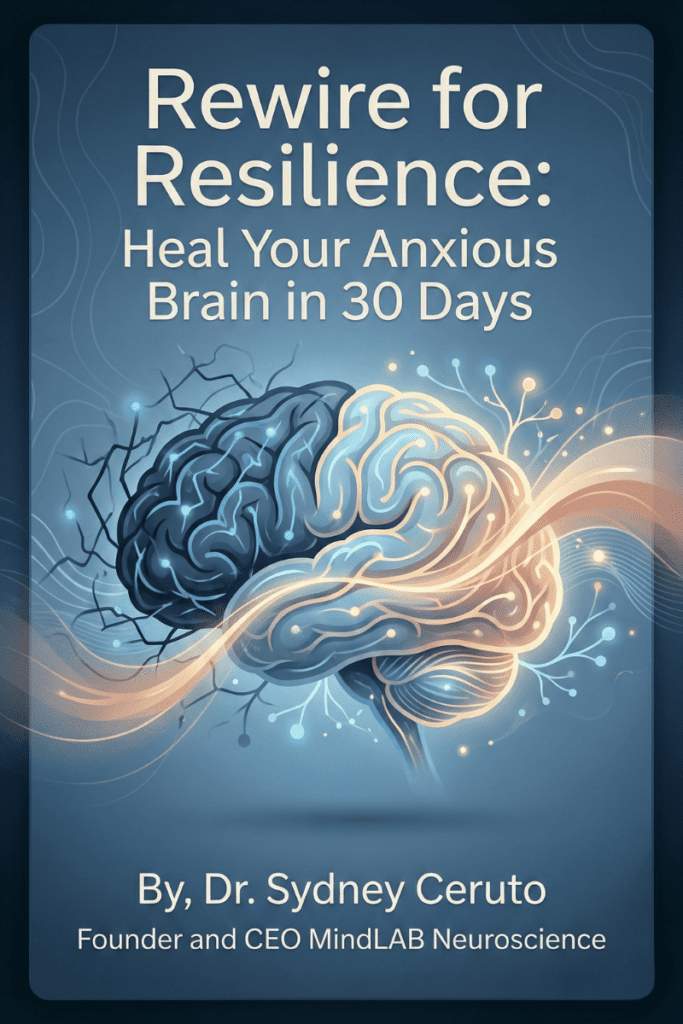Are you stuck in a cycle of toxic relationships, unable to move on from a partner who doesn’t love or value you? Do you feel like you’re trapped in a never-ending cycle of anxiety and fear? The answer lies in understanding the neuroscience behind anxious attachment and why you struggle to move on from a relationship, that is clearly OVER.
The Neuroscience of Anxious Attachment and Why You Can’t Move On From A Relationship
Research has shown that anxious attachment is linked to changes in brain structure and function, particularly in regions involved in emotional regulation and attachment. Individuals with anxious attachment tend to have a heightened response to stress and a reduced ability to regulate their emotions, leading to feelings of anxiety and fear.
The Role Neurotransmitters Play in Why You Can’t Move on
The specific neurotransmitters linked to anxious attachment are:
- Oxytocin: Often referred to as the “love hormone,” oxytocin is released during social behaviors like physical touch and plays a crucial role in forming close relationships. However, it can also have anti-social effects and exacerbate negative experiences and anxiety associated with insecure attachment.
- Dopamine: Dopamine is involved in the regulation of social reward and motivation. Its interaction with oxytocin can influence prosocial behavior and attachment styles.
- Norepinephrine: Elevated levels of norepinephrine can cause anxiety, while low levels are associated with mood dampening effects.
These neurotransmitters play a significant role in the development and maintenance of anxious attachment styles, and understanding their functions can help individuals develop strategies to overcome anxious attachment and move on from a relationship.
Can Neuroplasticity Be Used to Treat Anxious Attachment to Help You Move on From a Relationship?
Yes, neuroplasticity can be used to treat anxious attachment and can absolutely help you in moving on from your relationship. Neuroplasticity refers to the brain’s ability to reorganize itself in response to new experiences. By engaging in activities that stimulate neural growth and connectivity, such as mindfulness and meditation, individuals can rewire their brains to better cope with anxious attachment and become able to steadily move on from a relationship. This can involve strengthening the prefrontal cortex, which regulates decision-making and impulse control, and reducing the activity of the amygdala, which processes emotions. This will direct your thoughts and emotions in a way that can help you move on from a relationship.

Attachment Styles
Attachment styles are shaped by our early experiences with caregivers and can influence our relationships throughout life. They play a large role in why some partners can move on after a break-up seamlessly, and why others have such a difficult time moving on from a relationship that has ended.
There are three main attachment styles:
- Secure Attachment: Characterized by a sense of security and trust in relationships.
- Anxious Attachment: Marked by a fear of abandonment and a need for constant reassurance.
- Avoidant Attachment: Characterized by a fear of intimacy and emotional distance.
The Fantasy Bond
The fantasy bond is a concept developed by Dr. Robert Firestone, which refers to an illusion of connection between two people that replaces the substance of a real relationship. Individuals with anxious attachment often engage in fantasy bonding, which can lead to feelings of security and comfort but ultimately perpetuates the cycle of toxic relationships.
How Stress Impacts Anxious Attachment
Stress can significantly impact anxious attachment in relationships. When individuals experience stress, it can exacerbate their anxious attachment style, leading to increased feelings of anxiety, fear, and insecurity. Often times this is a key factor why you can’t move on from a relationship in a timely and healthy fashion.
This can manifest in various ways, such as:
- Increased Need for Reassurance: Stress can amplify the need for constant reassurance from one’s partner, leading to clingy or overly dependent behavior.
- Emotional Instability: Stress can cause emotional instability, leading to mood swings, irritability, and anxiety, which can further strain the relationship.
- Fear of Abandonment: Stress can intensify the fear of abandonment, causing individuals to become overly vigilant and suspicious of their partner’s actions, leading to feelings of jealousy and mistrust.
- Communication Breakdown: Stress can lead to communication breakdowns, as individuals may become defensive, critical, or avoidant, further exacerbating relationship issues and their inability to move on from a relationship.
- Self-Doubt and Low Self-Esteem: Chronic stress can erode self-confidence and self-esteem, making individuals more susceptible to anxious attachment patterns and feelings of inadequacy.
- Avoidance and Distancing: Stress can cause individuals to withdraw or distance themselves from their partner, leading to feelings of isolation and disconnection.
- Overthinking and Rumination: Stress can lead to excessive thinking and rumination about the relationship, further fueling anxiety and insecurity.
Breaking Free from Anxious Attachment
So, how can we break free from anxious attachment and manage our emotional dysregulation so we are not struggling endlessly with moving on from a relationship? The answer lies in understanding the neuroscience behind it and developing a healthier sense of self. Neuroscience-based life coaching can help individuals recognize the patterns and triggers that drive their behavior, and develop strategies to overcome them.

Steps to Overcome Anxious Attachment
- Self-Reflection: Understand your attachment style and the patterns that drive your behavior. Take a deeper dive into what is causing you to not be able to move on from a relationship that is broken. Reflection with the help of a trained neuroscience based coach or therapist, will help you recognize the triggers that lead to anxious attachment and develop strategies to overcome them.
- Emotional Regulation: Learn to regulate your emotions by practicing mindfulness, meditation, or deep breathing exercises. This can help reduce stress and anxiety, making it easier to manage relationships.
- Build Self-Esteem: Focus on building your self-esteem by engaging in activities that bring you joy and fulfillment. This can help you develop a healthier sense of self and reduce your need for external validation.
- Healthy Relationships: Surround yourself with healthy, supportive relationships that are built on mutual respect, trust, and communication. Avoid relationships that are toxic or draining. Engage with people you find that have easily moved on from a relationship.
- Seek Support: Consider seeking support from a neuroscience-based life coach who can provide guidance and support in overcoming anxious attachment so you are never stuck in a state of rumination and master how to move on from a relationship that is no longer advantageous to you..
Moving Forward
Overcoming anxious attachment requires a deep understanding of the neuroscience behind it. By recognizing the patterns and triggers that drive our behavior, we can develop strategies to overcome them and build healthier, more fulfilling relationships. Never again will you have trouble moving on from a relationship, where you are the only participant still pining for him or her. Neuroscience-based life coaching can provide the tools and support needed to break free from toxic relationships and develop a healthier sense of self. Never again be mired in sadness and constant rumination and finally learn how to move on from a relationship with your pride still intact!





